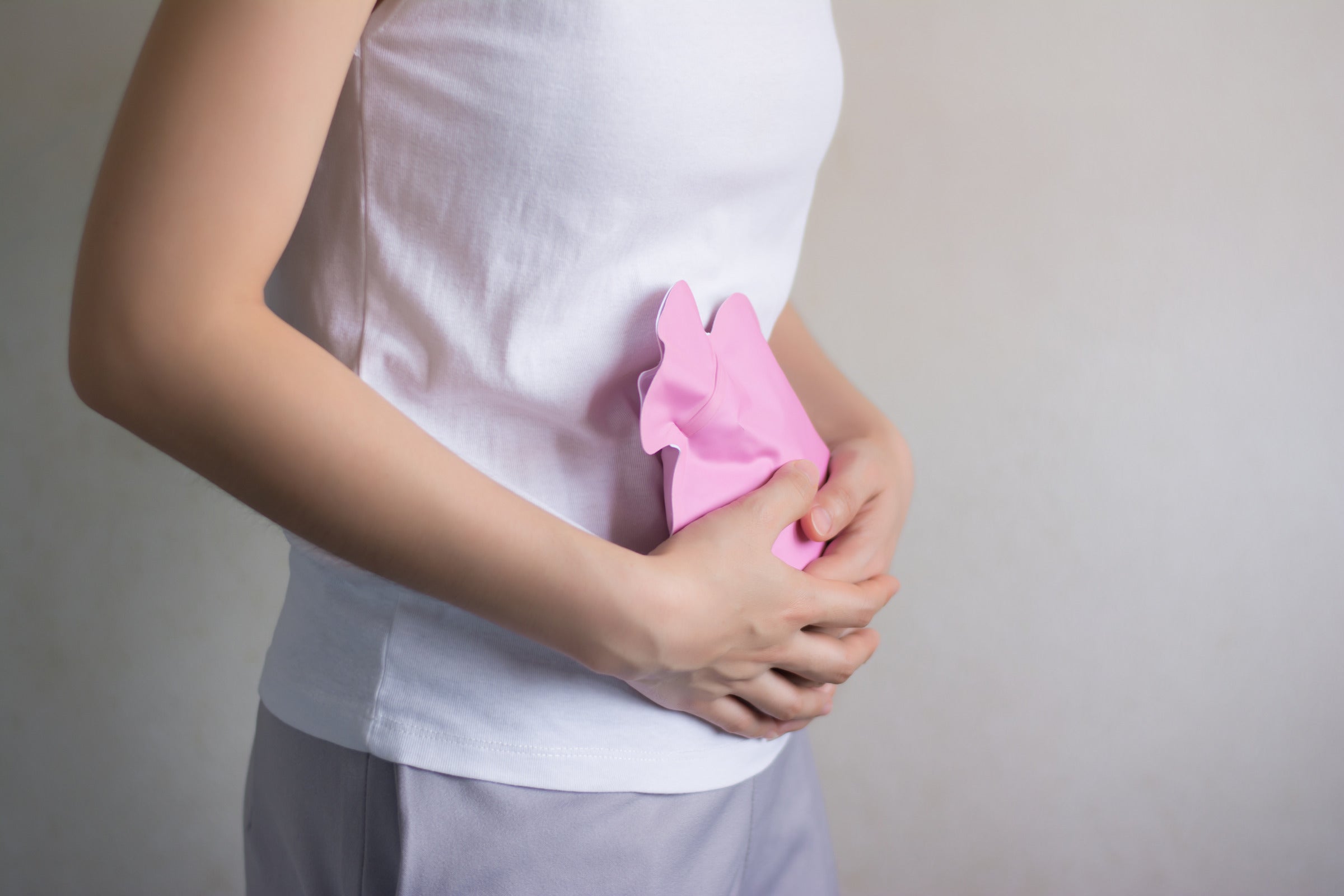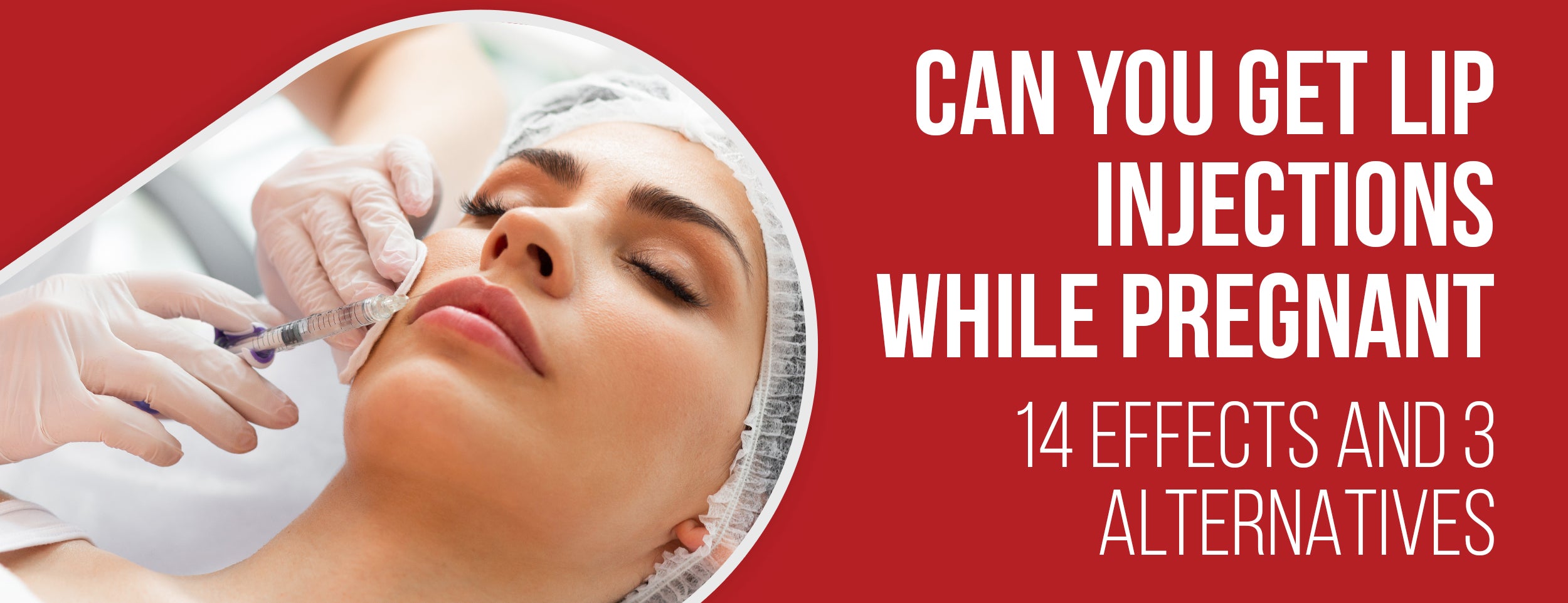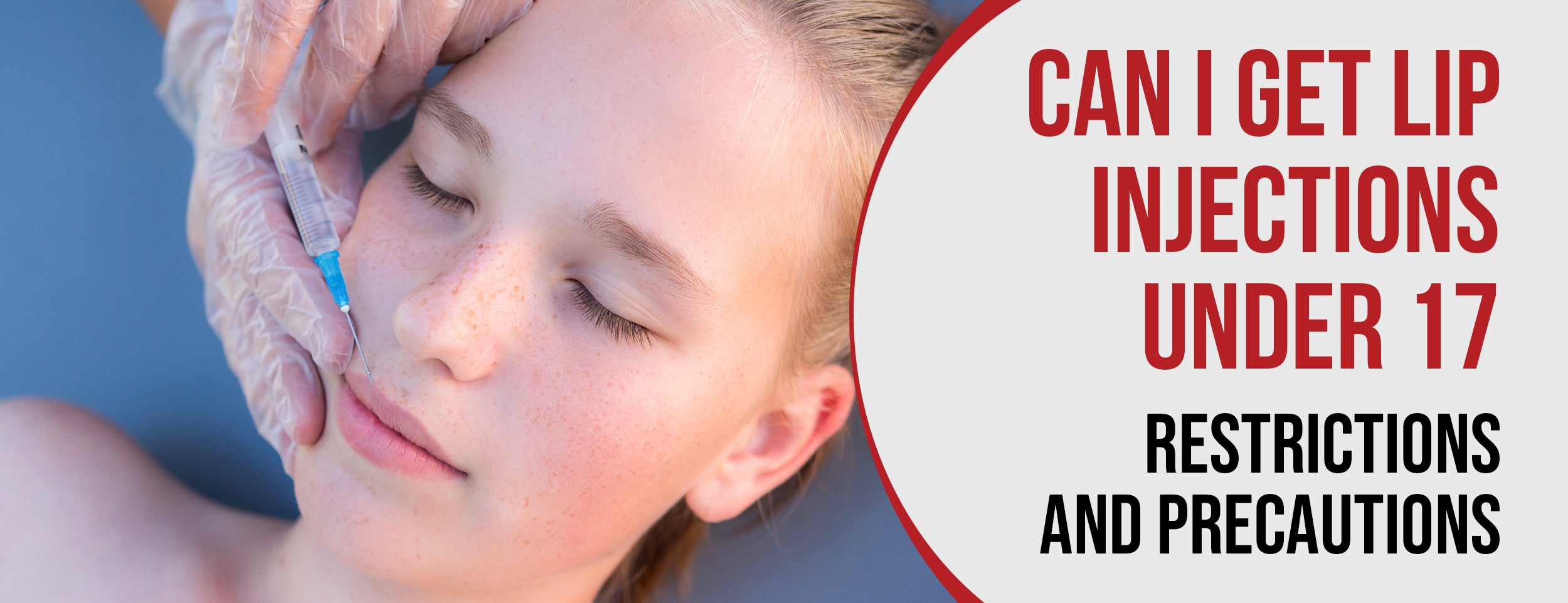The pain and side effects associated with the hormone shots can be discouraging, leading some patients to stop their treatment altogether. But before giving up, know that steps can be taken to alleviate the discomfort and make the process more tolerable.
You can reduce the pain of progesterone injections by placing the vial in hot water before administering it. It thins the oil and allows for smoother injections. If hot water isn't available, roll the vial between your hands for a few minutes to warm the oil. Progesterone shots should not be given with ice applied to the hips.
In this blog post, we'll dive into some of the most effective techniques for reducing the discomfort associated with progesterone injections, including tips from former patients who have gone through the process themselves.
How to Make Progesterone Injections Less Painful: 8 Methods

Treatment for soft tissue injuries varies depending on the severity of the injury but often involves rest, ice, compression, and elevation. Medical intervention is necessary, including progesterone injections. These injections can be incredibly effective, but they are challenging. We will delve into how to make progesterone injections more comfortable.
Warm Up the Vial
Progesterone injections are made less painful by warming up the vial. This will reduce the viscosity of the solution, making it easier to inject. Here are five tips for warming up the vial:
- Place the vial in a warm water bath for a few minutes.
- Hold the vial in the palm of your hand to warm it up.
- Place the vial under your armpit for a few minutes.
- Use a heating pad to warm up the vial.
- Shake the vial vigorously a few times to warm up the solution.
Relax Your Glute
It's essential to relax your glute muscles during the injection. Tense muscles can make injections more painful and increase the risk of muscle injury. Here are five tips for relaxing your glute muscles:
- Take deep breaths and consciously relax your muscles.
- Listen to calming music to help you relax.
- Try a progressive muscle relaxation technique.
- Warm the injection site with a compress before the injection.
- Use visualization techniques to relax your muscles.

Confirm the Injection Site
Confirming the injection site is crucial to ensure accuracy and avoid injury. Here are five tips for securing the injection site:
- Consult with a healthcare provider to ensure you know the correct injection site.
- Use a permanent marker to mark the injection site.
- Use a skin marker to outline the injection site.
- Ask a partner to confirm the injection site.
- Use a ruler to ensure the injection site is in the correct location.
Use Numbing Cream or an Auto-Injector
A numbing cream or auto-injector can reduce pain during injections. You can use an auto-injector or numbing cream in the following ways:
- Apply numbing cream 30-60 minutes before the injection.
- Use an auto-injector for accurate and quick injections.
- Use ice to numb the injection site before injecting.
- Ask a healthcare provider to administer the injection for maximum comfort.
- Use a thinner needle to reduce pain during the injection.
Use a Warm Compress After Injecting

After injecting, using a warm compress can reduce swelling near the injection site. The following are 5 tips for using a warm compress:
- Apply a warm compress to the injection site for 20 minutes.
- Use a heating pad to apply heat to the injection site.
- Using a warm wet towel, heat the injection site.
- Use a microwavable warm compress.
- Use a washcloth, run hot water over it, wring it out, and apply it to the injection site.
Massage the Injection Area Afterward
Massaging the injection area can improve circulation and reduce pain. Here are five tips for massaging the injection area:
- Use gentle circular motions to rub the injection site.
- To avoid skin irritation, Apply lotion or cream to the injection site before massaging.
- Massage the injection site using a foam roller or tennis ball.
- Consult with a healthcare provider first before massaging the injection site.
- Avoid rubbing the injection site if there is discomfort or pain.
Walk It Off
After injecting, walking around can help reduce pain and inflammation. Here are five tips for walking it off:
- Go for a gentle walk for 20-30 minutes after the injection.
- Stretch the injection site lightly to release tension.
- Go up and down stairs to promote blood circulation.
- Walk barefoot on a natural surface like grass or sand to engage different muscles.
- Pace within your own home or in an open area that is manageable.
Switch Sides
Switching injection sides can help reduce irritation and pain at the injection site. Here are five tips for switching injection sides:
- Alternate injection sites to avoid irritation or injury.
- Choose a different side of the body for each injection.
- Keep track of which side you last injected to ensure everything is clear.
- Use a marker to note which side was the last injection site.
- Consult your healthcare provider to ensure proper alternate injections.
Make Progesterone Injections Less Painful: 5 More Tips
While various treatments are available, injections are a practical option for many patients. We will focus on some valuable tips for injections from former patients to help you feel more comfortable and informed about the process.
General Tips for Injections
- Prepare for the injection: You can ease your anxiety by understanding the injection process and what to expect. Talk to your healthcare provider about any concerns, and ask them to explain the procedure to you.
- Numb the area: Applying Dr. Numb numbing cream to the injection site can help reduce pain and discomfort during the procedure. Ask your healthcare provider if this is an option for you.
- Relax and breathe: Focus on your breathing during the injection. Taking deep breaths and trying to relax can help ease any pain or discomfort you may feel.
- Ice the area: Applying ice to the site after the injection can help reduce swelling and discomfort. Remember to wrap the ice pack in a towel or cloth to avoid direct contact with your skin.
- Keep track of your injections: It is essential to keep track of the date and location of your injections and any adverse reactions you may experience. This information can be helpful for your healthcare provider to provide better treatment in the future.
Trigger Shots and Progesterone Shots
- Understand the purpose of the shots: Trigger shots and progesterone shots are often used in fertility treatments. They help stimulate ovulation or support a developing pregnancy, respectively.
- Timing is crucial: These shots must be administered precisely during your menstrual cycle or pregnancy. Ensure you understand your injections' timing and adhere to your healthcare provider's instructions.
- Watch for potential side effects: Some side effects of these shots may include headache, nausea, or injection site discomfort. Contact your healthcare provider if these side effects persist or worsen.
- Manage your emotions: Going through fertility treatments can be an emotional experience. Take care of yourself and seek support when needed to cope with the emotional burden of these injections.
- Be open and honest with your provider: Communicating openly with your healthcare provider throughout the process is essential. If you have any questions or concerns, immediately bring them up with your provider.

Potential Side Effects of Various Injections
- Flu-like symptoms: Some injections, such as flu vaccines or antibody treatments, may cause flu-like symptoms such as fever or body aches.
- Allergic reactions: Anyone can have an allergic reaction to an injection. Watch for signs of an allergic reaction, such as hives, difficulty breathing, or swelling, and seek medical attention immediately if these symptoms occur.
- Injection site reactions: Injection site reactions, such as swelling, redness, or pain, are familiar with many injections. These symptoms should subside within a few days.
- Fatigue: Some injections can cause fatigue or drowsiness. This is normal and should improve with rest.
- Nausea or vomiting: Certain injections can cause nausea or vomiting. Ensure you drink plenty of fluids and eat a healthy diet to combat these symptoms.
Embryo Transfer Procedure
- Understand the process: The embryo transfer procedure involves placing an embryo in the uterus to establish a pregnancy.
- Pre-transfer instructions: Your healthcare provider may instruct you to take medication, abstain from sexual activity, or avoid certain foods.
- Ask questions: Ask your healthcare provider about the embryo transfer procedure before the transfer day.
- Prepare for discomfort: Mild cramping and spotting are expected after the transfer. Rest and care for yourself in the days following the procedure.
- Be patient: The success rate of embryo transfers varies. It is essential to be patient and continue working with your healthcare provider to optimize your chances of success.
Post-Transfer Information
- Rest is important: After the embryo transfer, it is essential to rest and avoid strenuous activity for a few days.
- Follow post-transfer instructions: You may receive specific instructions after the transfer, such as taking medication, avoiding certain activities, or scheduling follow-up appointments.
- Watch for potential complications: Watch for signs of possible complications, such as heavy bleeding or severe cramping, and contact your healthcare provider immediately if you notice any problems.
- Manage emotions: Going through a fertility treatment can be an emotional experience. Practice self-care and rely on a support system when needed to manage the emotional toll of the process.
- Take care of your body: Eating a healthy diet, staying hydrated, and getting enough sleep can help optimize your chances of pregnancy success after an embryo transfer.
Conclusion
Progesterone injections can help boost fertility and support pregnancy, but they can be uncomfortable. You're not alone if you're dealing with pain or discomfort after injecting progesterone. The good news is that there are many different strategies you can use to reduce pain and make progesterone injections more comfortable.
Following the tips outlined in this blog post, you can ease the pain of progesterone injections and complete your fertility treatment course. Remember, if you're ever unsure whether something you're experiencing is normal, always reach out to your healthcare provider for guidance.










![The 7 Factors That Determine Whether You Can Get Lip Injections With Breastmilk [7 Safety Tips]](http://drnumb.com/cdn/shop/articles/Can_You_Get_Lip_Injections_While_Breastfeeding__6_Factors_7_Safety_Tips.jpg?v=1711186573)



